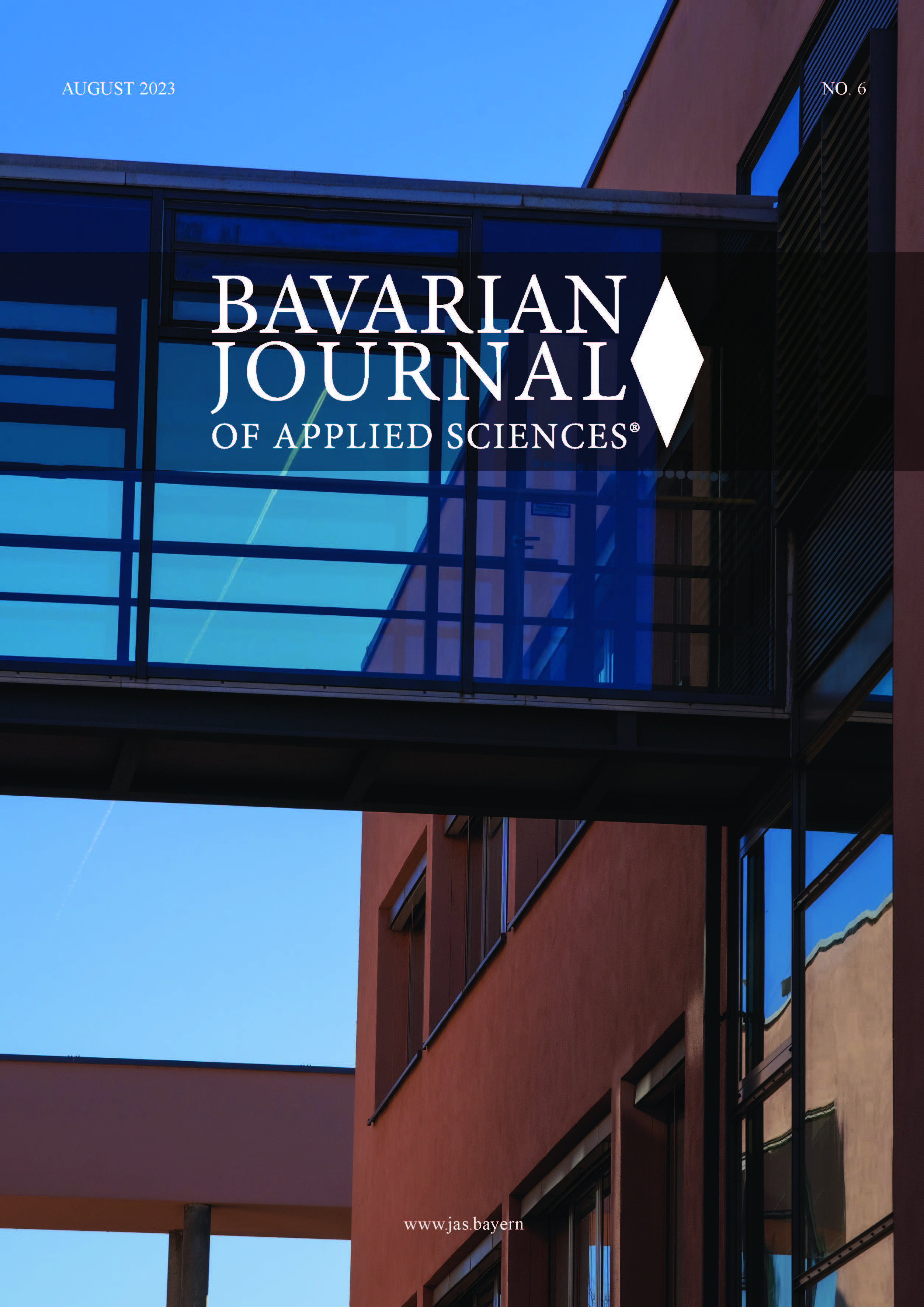Resonant Low-Frequency Electromagnetic Biostimulation of Lepidium sativum - Short: ELF-EMF Beats
Main Article Content
Keywords
biostimulation, garden cress, ELF-EMF, beat, amplitude modulation
Abstract
Low-frequency electromagnetic waves were applied to Lepidium sativum (garden cress) in order to alter their germination and seedling properties. Two different methods were used to generate the electromagnetic signals. Either a 1.8 GHz carrier signal was multiplied with an extremely low frequency signal (between 1 Hz and 200 Hz) – also called amplitude modulation – or, as the second method, a beat signal of two high-frequency electromagnetic waves with very similar frequencies was created. The generated amplitude modulated signals were sent to an antenna for emission of the waves to free space. In close vicinity to the antenna, seeds of garden cress were placed in a moist environment. The seeds were exposed to the electromagnetic waves initially for 20 minutes and subsequently every 24 hours for 20 minutes. After 100 hours, the length of the cress plants was measured. Within the measurement accuracy, a retarded growth was detected at extremely low frequencies of 50Hz. The growth inhibition was more pronounced with the beat signal than with the amplitude modulation. This method of beat signals opens up new possibilities to alter biological systems and more advanced topics than the germination and seedling of garden cress will be explored in future work.


